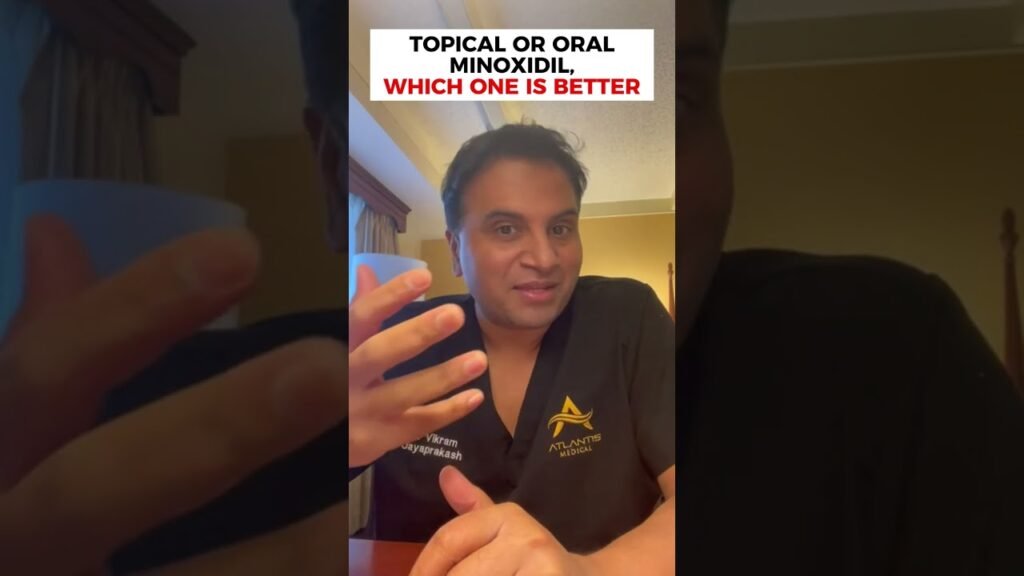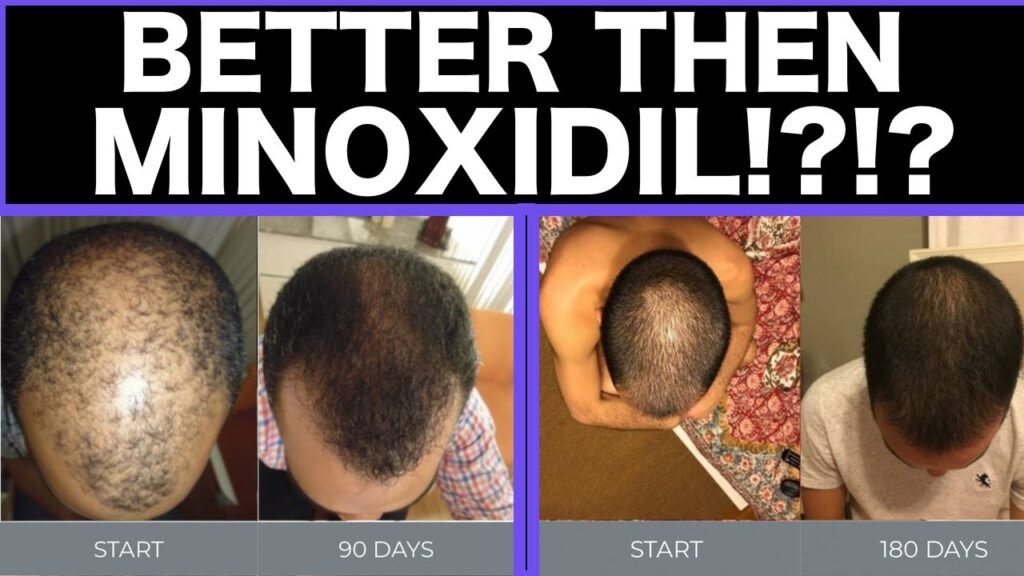Drawbacks of choosing Oral minoxidil vs topical
When considering hair loss treatments, many individuals weigh the pros and cons of oral minoxidil versus its topical counterpart. One of the primary drawbacks of opting for oral minoxidil is the potential for systemic side effects. Oral minoxidil can affect the entire body, leading to issues such as increased heart rate, fluid retention, and blood pressure changes. These side effects necessitate close medical supervision, particularly for individuals with pre-existing cardiovascular conditions. In contrast, topical minoxidil is applied directly to the scalp, which generally limits its effects to the targeted area and minimizes systemic exposure.
Another disadvantage of oral minoxidil is the requirement for a prescription. Unlike topical minoxidil, which is available over-the-counter in many regions, oral minoxidil typically requires a doctors prescription. This can be a hurdle for individuals seeking immediate treatment, as it involves a healthcare providers assessment and approval. Furthermore, the need for regular follow-up appointments to monitor potential side effects can be time-consuming and may not be convenient for everyone.
Finally, oral minoxidil may lead to unwanted hair growth in areas other than the scalp, such as the face and body. This is due to the medications systemic nature, which can stimulate hair follicles beyond the intended treatment area. For those concerned about unwanted hair growth, this can be a significant drawback, making topical minoxidil a more appealing option. Topical formulations are designed to concentrate the active ingredient on the scalp, reducing the risk of hair growth in unintended areas.


